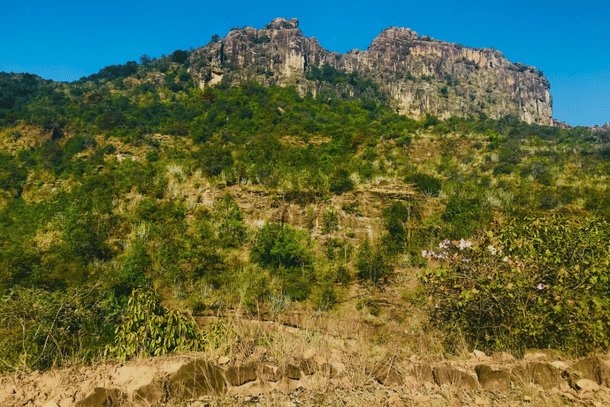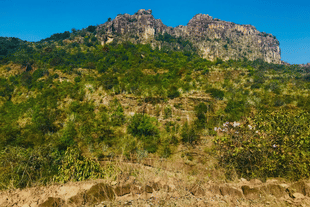Science
‘Satpura: A Tale Of Seven Hills’ — Sleek Trailer Of Documentary On This MP Tiger Reserve Was Released On World Environment Day
Karan Kamble
Jun 07, 2022, 05:39 PM | Updated 05:39 PM IST
Save & read from anywhere!
Bookmark stories for easy access on any device or the Swarajya app.


The Madhya Pradesh (MP) Tiger Foundation Society and Satpura Tiger Reserve announced on the occasion of World Environment Day (5 June) their upcoming documentary film Satpura: A Tale of Seven Hills. A glimpse of the film is on display through a very good-looking teaser.
“Satpura is more than its tigers. MP Tiger Foundation @mptfs and Satpura Tiger Reserve are bringing on screen this enchanting land of seven hills,” National Tiger Conservation Authority, a statutory body under the Government of India’s Ministry of Environment, Forest, and Climate Change, said in a tweet.
Satpura: A Tale of Seven Hills is directed by photographer and documentary filmmaker Farhan Khan. Khan has described the film as “a success story of this beautiful tiger reserve.”
The tiger reserve, whose name comes from the Satpura hill range where it resides, is located in Hoshangabad district of Madhya Pradesh. Rich in biodiversity, it is part of the Deccan bio-geographic zone and is considered a prime example of the central Indian highlands ecosystem.
The tiger reserve, which comprises Satpura National Park, Pachmarhi Wildlife Sanctuary, and Bori Wildlife Sanctuary, was notified in 2000.
Though the reserve forest is strongly associated with the tiger — the reserve supports 17 per cent of India’s tiger population and 12 per cent of India’s tiger habitat — the Satpura reserve goes beyond just the tiger attraction. It is home to over 50 species of mammals, more than 30 species of reptiles, and 300 species of birds.
Gaur (Indian bison), sambhar, leopard, sloth bear, flying squirrel, Indian giant squirrel, leaf-nosed bats, Eurasian otter, Malabar pied hornbill, and paradise flycatcher (the state bird) are just a few examples of the faunal diversity in the area.
Last year, the United Nations Educational, Scientific and Cultural Organization (UNESCO) included the tiger reserve in its tentative list of natural world heritage sites. This is a step in the direction of being declared a UNESCO natural world heritage site.
UNESCO has also acknowledged the Satpura Tiger Reserve as "the best example of in-situ conservation."
While the natural abundance and beauty of the landscape is evident, the Satpura reserve also carries archaeological significance.
India’s submission to UNESCO for inclusion in the tentative list said: “Archaeological significance of the place cannot be neglected considering more than 50 rock shelters with painting (sic) that are 1500 to 10,000 years old.”
Based on the sights in the teaser, the film promises to be a visual treat. One hopes that this somewhat underrated biodiversity area stretching across over 2,200 square kilometres (core and buffer) in Madhya Pradesh basks in the spotlight.





